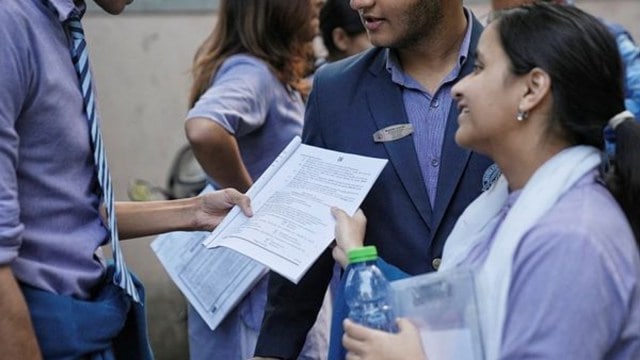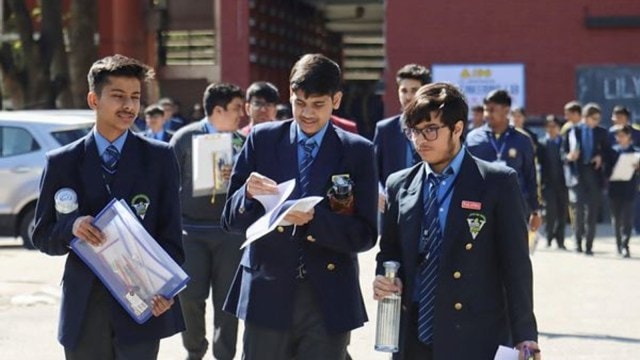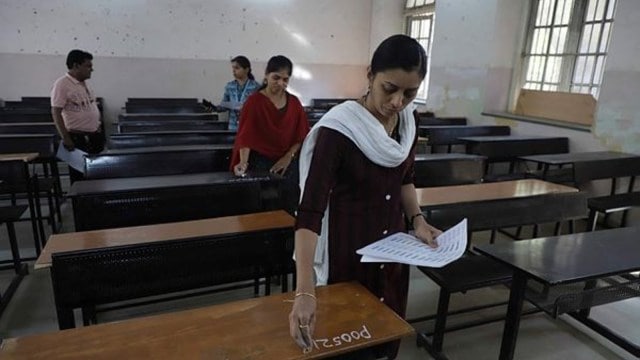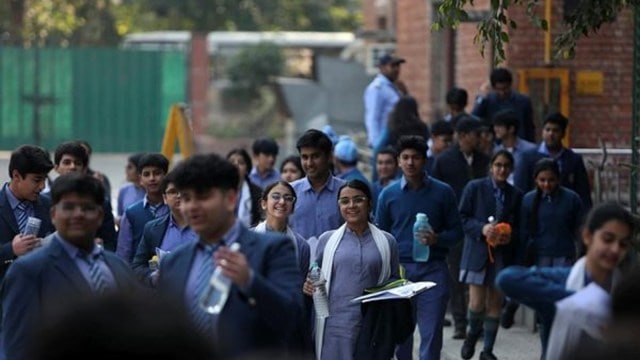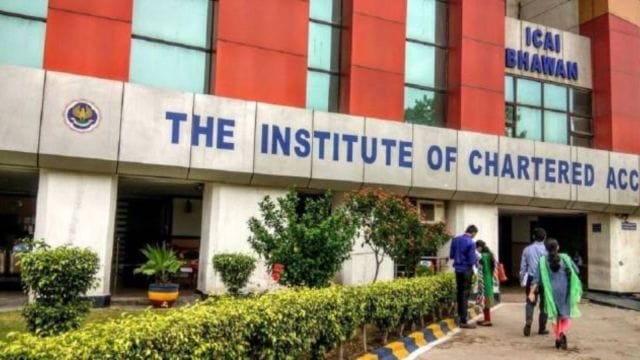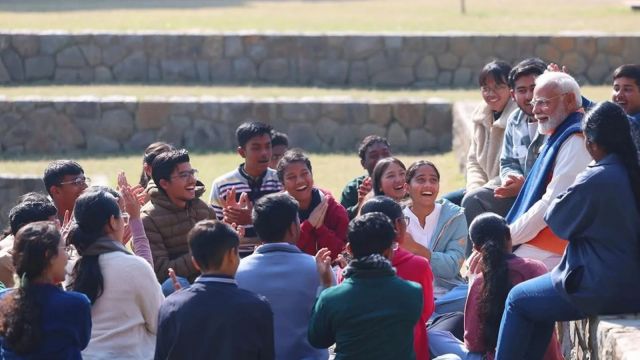
UPSC Essentials | Mains answer practice — GS 1 : Questions on Chhatrapati Shivaji and India’s transition to a green energy (Week 77)Sign In to read
UPSC Essentials brings to you its initiative for the practice of Mains answer writing. It covers essential topics of static and dynamic parts of the UPSC Civil Services syllabus covered under various GS papers. This answer-writing practice is designed to help you as a value addition to your UPSC CSE Mains. Attempt today’s answer writing on questions related to topics of GS-1 to check your progress.
The Maratha identity is deeply intertwined with the legacy of Chhatrapati Shivaji, whose influence spans centuries and regions. Analyse the role of Shivaji in shaping the Maratha identity.
India’s transition to a green economy is a crucial step in addressing climate change and ensuring sustainable development. Discuss the challenges India faces in implementing this transition.
Introduction
— The introduction of the answer is essential and should be restricted to 3-5 lines. Remember, a one-liner is not a standard introduction.
— It may consist of basic information by giving some definitions from the trusted source and authentic facts.
Body
— It is the central part of the answer and one should understand the demand of the question to provide rich content.
— The answer must be preferably written as a mix of points and short paragraphs rather than using long paragraphs or just points.
— Using facts from authentic government sources makes your answer more comprehensive. Analysis is important based on the demand of the question, but do not over analyse.
— Underlining keywords gives you an edge over other candidates and enhances presentation of the answer.
— Using flowcharts/tree-diagram in the answers saves much time and boosts your score. However, it should be used logically and only where it is required.
Way forward/ conclusion
— The ending of the answer should be on a positive note and it should have a forward-looking approach. However, if you feel that an important problem must be highlighted, you may add it in your conclusion. Try not to repeat any point from body or introduction.
— You may use the findings of reports or surveys conducted at national and international levels, quotes etc. in your answers.
Self Evaluation
— It is the most important part of our Mains answer writing practice. UPSC Essentials will provide some guiding points or ideas as a thought process that will help you to evaluate your answers.
QUESTION 1: The Maratha identity is deeply intertwined with the legacy of Chhatrapati Shivaji, whose influence spans centuries and regions. Analyse the role of Shivaji in shaping the Maratha identity.
Note: This is not a model answer. It only provides you with thought process which you may incorporate into the answers.
Introduction:
— Chhatrapati Shivaji Maharaja, known as the ‘father of the Maratha nation,’ upheld and promoted the ideals of personal integrity, religious tolerance, patriotism, and public welfare.
— Shivaji’s military tactics were one aspect of his grand plan, but his administrative abilities earned him the reputation of civil ruler.
— Shivaji was a popular emperor who closely monitored his state’s administrative operations. All power was concentrated on him, although he ruled based on the recommendations of his ministers.
— Shivaji revitalised traditional Indian governance, as evidenced by the institution of the Astapradhan, a Council of Eight Ministers. Each minister was assigned responsibilities as the head of their respective departments.
Body:
You may incorporate some of the following points in your answer:
Role of Shivaji in shaping the Maratha identity
— The Marathas belonged to a variety of castes, the majority of which were at the bottom of the caste hierarchy. Between the 14th and 16th centuries, the Marathas held important military and administrative posts in many kingdoms.
— While the Marathas’ imperial dreams had taken root under Shahaji, they were achieved during Shivaji. Shivaji first attacked Bijapur’s rule in 1647, when he took Torna’s fort.
— Shivaji also targeted competing Maratha families in the region. Shivaji stretched his conquests to the south beginning in the mid-1650s. By the time he was anointed king, he had successfully carved out a kingdom for himself from the peripheral Sultanate of the Bijapur monarchs.
— Maratha families who obtained rights and privileges from Sultanate rulers, such as the Sawants of Sawantwadi, the Ghodpades of Mudhol, and the Nimbalkars of Phaltan, among others, provided a significant opposition to Shivaji’s expansionist vision. Throughout his life, he dealt with them in a variety of ways, including forging marriage partnerships and using force to subdue them.
— Chhatrapati Shivaji is the unifying thread that connects the Marathas. The Peshwas and other Maratha dynasties worked tirelessly to realise Chhatrapati Shivaji’s objectives. They were working on a cultural renaissance to restore indigenous values.
— He planned and built civil institutions in order to attain the objective of Hindavi Swarajya (“self-rule of the Hindu people” and “independence from foreign rule”). The success of the campaign to assert national independence from Mughal control and build an independent state based on the notion of Dharma is primarily due to the civil and administrative institutions established by Shivaji.
— His administrative system is unique and diverse in comparison to the government systems that were widespread in India at the time. He is regarded as the greatest statesman of the mediaeval time due to the administrative systems he established in pursuit of Swarajya.
Conclusion:
— Only after Aurangzeb’s death in 1707 did Chhatrapati Shivaji’s grandson Shahu, led by Peshwa Baji Rao I, restore Maratha dominance.
— The Bhonsles, Scindias, Gaekwads, and Holkars stood out among these chiefs. The Bhonsles were established in Nagpur, while the Scindias took control of Gwalior. The Holkars and Gaekwads ruled Indore and Baroda.
— When there was fragmentation, the various branches of the ‘Maratha Confederacy’ banded together on a few occasions to combat a common adversary. For example, at the Third Battle of Panipat in 1761, all of the Maratha states deployed armies to confront the Durrani Empire’s invading army. The fall of the Marathas in Panipat, followed by recurrent confrontations with the British, severely weakened the confederacy, eventually leading to its extinction in the early nineteenth century.
(Source: How Chhatrapati Shivaji binds the diverse history of the Marathas by Adrija Roychowdhury, cbc.gov.in)
Points to Ponder
Chhatrapati Shivaji Maharaj and his Public Administration
Read about Mughal Empire under Aurangzeb
Read about forts of Maharashtra
Related Previous Year Question
The third battle of Panipat was fought in 1761. Why were so many empire-shaking battles fought at Panipat? (2014)
QUESTION 2: India’s transition to a green economy is a crucial step in addressing climate change and ensuring sustainable development. Discuss the challenges India faces in implementing this transition.
Note: This is not a model answer. It only provides you with thought process which you may incorporate into the answers.
Introduction:
— India’s electricity demand will nearly double by the end of this decade, peaking at nearly 370 GW in 2031-32. That means that every few years, we will require inflection points in how energy investments are channelled, infrastructure is constructed, and new business models emerge.
— This is a pivotal decade in India’s energy revolution. The route forward is more than just switching from one energy source to another; it is a paradigm shift and an opportunity to reimagine our relationship with energy, commerce, and the environment.
Body:
You may incorporate some of the following points in your answer:
— There is a need to track metrics that facilitate and enable these inflexion points in a warming world. These shifts are crucial to trigger change.
(i) Shift from centralised to decentralised energy systems: Distributed renewable energy (DRE) sources can play an important role in the development of large-scale energy systems. India has already demonstrated ambition with its rooftop solar initiative, which aims to solarise 10 million residences, potentially adding 30 GW of clean power. However, the cost of rooftop solar is prohibitively expensive for the majority of lower-income users who use less electricity. According to a research by the Council on Energy, Environment, and Water (CEEW), over 30% of the country’s rooftop solar potential is in the 0-1 kW category, which remains expensive for many even with subsidies.
(ii) Shift the narrative from capital expenditure (capex) to operational expenditure (opex): For the clean energy transition, we must begin to consider pricing energy more effectively using an opex model. For example, every consumer is not required to purchase a solar panel. The utility can set it up for a community at a cost and charge a pay-as-you-go rate. We may utilise comparable opex models to deliver energy efficiency as a service, establish distributed renewables, enable district cooling rather than individual AC purchases, and promote sustainable mobility (paying for clean transportation services per km rather than the capital cost of an electric bus).
(iii) Shift from short-term financial risk to climate-resilient clean energy and business investments: Investing in emerging markets is comparatively riskier, but this is due more to perceived risks than actual ones. We cannot ignore the shocks we are already experiencing at 1.4 degrees of warming. According to a CEEW analysis, over 80% of India’s population now lives in climate-vulnerable districts. Investing in making our energy systems more resilient and climate-proof is likely the least hazardous approach when compared to the macroeconomic effects of climate change.
(iv) Decarbonisation and digitalisation revolutions by shifting focus from hardware to software: India is experiencing two rapid revolutions: it now has over 820 million active internet users, with more than half coming from rural regions, and it is decarbonising its electricity infrastructure at the same time. For example, the deployment of millions of prepaid smart metres improves energy networks’ resilience and interoperability with renewables.
(v) Shift from a linear to a circular economy: According to a recent CEEW research, cumulative waste from India’s present and new solar energy capacity might total 600 kilotonnes by 2030, which is comparable to filling 720 Olympic-size swimming pools. The management of this waste and the recovery of minerals such as silicon, tellurium, and cadmium is both an environmental and strategic need.
Conclusion:
— NITI Aayog, in conjunction with the Ministries of Power and New and Renewable Energy, has established the ASSET platform (Accelerating Sustainable Solutions for Energy Transition). ASSET platform is a timely initiative to help governments accelerate their green transition.
— The participation of states is critical in accomplishing India’s national goals of creating a Viksit Bharat by 2047 and reaching net-zero GHG emissions by 2070. This necessitates steady economic development over the next two decades. States must create and implement energy transition strategies that are consistent with overall national goals.
(Source: The green transition India needs by Arunabha Ghosh)
Points to Ponder
Major steps taken by the Government towards green energy
What is the Green Hydrogen Mission?
Related Previous Year Questions
Explain the purpose of the Green Grid Initiative launched at the World Leaders Summit of the COP26 UN Climate Change Conference in Glasgow in November, 2021. When was this idea first floated in the International Solar Alliance (ISA)? (2021)
The adoption of electric vehicles is rapidly growing worldwide. How do electric vehicles contribute to reducing carbon emissions and what are the key benefits they offer compared to traditional combustion engine vehicles? (2023)
UPSC Essentials: Mains answer practice — GS 1 (Week 75)
UPSC Essentials: Mains answer practice — GS 1 (Week 76)
UPSC Essentials: Mains answer practice — GS 2 (Week 76)
UPSC Essentials: Mains answer practice — GS 2 (Week 77)
UPSC Essentials: Mains answer practice — GS 3 (Week 76)
UPSC Essentials: Mains answer practice — GS 3 (Week 77)
Subscribe to our UPSC newsletter and stay updated with the news cues from the past week.
Stay updated with the latest UPSC articles by joining our Telegram channel – IndianExpress UPSC Hub, and follow us on Instagram and X.

 Posts
Posts Sign up as a Teacher
Sign up as a Teacher